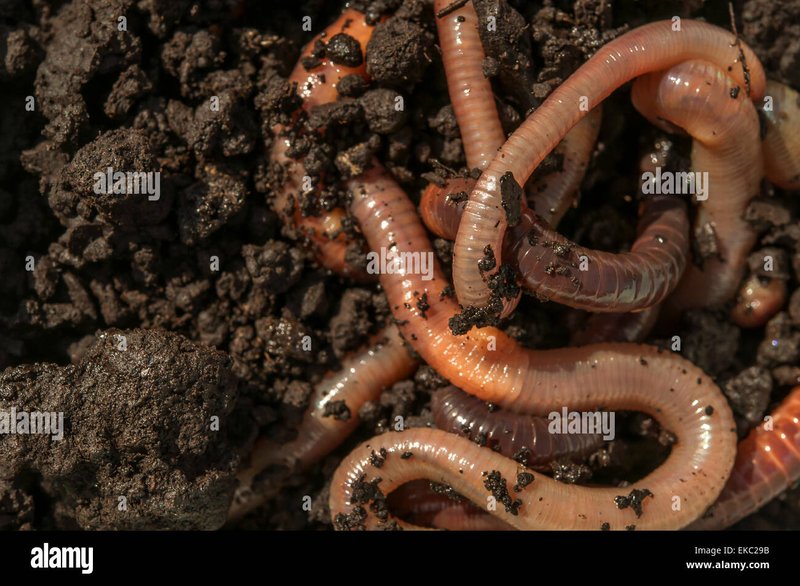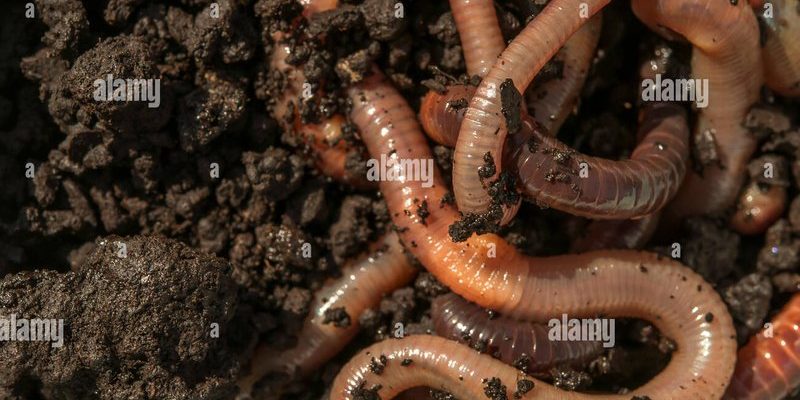
Earthworms play a key role in gardening and agriculture, helping to aerate the soil and break down organic matter. Yet, they have preferences just like we do. The type of soil influences their health and behavior. So, what’s the verdict on sandy and clay soils? Let’s dig in and find out!
Understanding Earthworm Preferences
Earthworms are amazing creatures that help create healthy soil. They primarily thrive in environments where the soil is rich in organic matter. Think of it as their favorite buffet. They dig through soil, munching on dead leaves, decomposing plants, and other organic material. This process not only helps the worms but also aerates the soil, making it easier for plants to grow.
However, not all soils offer the same feast. Earthworms usually prefer loamy soil— a perfect mix of sand, silt, and clay. This type of soil holds moisture well and has plenty of nutrients. In contrast, sandy soil is like a dry, tasteless cracker that offers little in terms of sustenance. Clay soil, on the other hand, is dense and heavy, which can restrict the movement of worms. So, can earthworms live in sandy or clay soil? Let’s explore both!
Sandy Soil: Can Earthworms Survive?
You might be wondering, what’s so special about sandy soil? Well, sandy soil is made of larger particles and has excellent drainage. This means that while it dries out quickly, it also doesn’t hold onto nutrients very well. This lack of nutrients can be a deal-breaker for our squiggly friends. Without enough food, earthworms will struggle to survive.
That said, some earthworms can adapt to sandy soil, especially if there’s a good amount of organic matter mixed in. They might find a few nutrients among decaying plants, but they won’t thrive as well as they would in rich loamy soil. If you have sandy soil in your garden, consider adding compost or mulch to provide a tasty buffet for the worms. They’ll appreciate it, and your plants will, too!
Clay Soil: The Challenges for Earthworms
Now, let’s talk about clay soil. Clay has tiny particles that stick together, making it very dense and compact. This density can create issues for earthworms. Imagine trying to wiggle through a tight, muddy space—it’s tough! Not only does clay soil drain poorly, but it can also become hard as a rock when dry. This makes it hard for earthworms to burrow, and surprisingly, they may just avoid it altogether.
However, some species of earthworms can indeed tolerate clay soil, especially if there’s enough organic matter present. But if you’re hoping to see a thriving earthworm population, you might need to lighten the clay. Adding compost, sand, or even peat moss can help improve drainage and allow worms to move more freely.
Earthworm Species and Their Soil Preferences
Did you know there are over 7,000 species of earthworms? Each type has its preferences! For instance, the common nightcrawler prefers rich, moist soil, while some smaller species can tolerate sandy or clay conditions better. These different preferences often depend on where they evolved and what type of environment they are used to.
If you’re gardening, it’s helpful to know what type of earthworms you might have in your soil. By encouraging the right species, you can enhance your garden’s health. Adding organic matter, avoiding chemical fertilizers, and maintaining a consistent moisture level can encourage a healthy population of earthworms that can adapt better to sandy or clay soil.
How to Improve Sandy and Clay Soil for Earthworms
Whether your yard is sandy or clayey, there are steps you can take to create a more earthworm-friendly environment. Here are some practical ways to boost your soil for these helpful creatures:
- Add Organic Matter: Compost, leaf litter, or well-rotted manure can help improve the nutrient content of sandy and clay soils.
- Moisture Management: Keep your soil consistently moist, but not waterlogged. Earthworms prefer a damp environment.
- Avoid Chemicals: Stay away from pesticides and herbicides that can harm earthworms and their habitat.
- Tilling Sparingly: While some tilling can help aerate clay soil, too much can damage earthworm habitats.
Implementing these practices can create a cozy home for your earthworm friends, no matter the soil composition.
Why Earthworms Matter for Your Garden
You might be thinking, “Why should I care about earthworms?” Well, here’s the thing: they do incredible work in our gardens. By breaking down organic matter and aerating the soil, they help plants get the nutrients they need to thrive. Earthworms also improve soil structure, which helps with water retention and drainage.
In sandy soil, adding organic matter with earthworms can help retain moisture. In clay soil, they create pathways, allowing roots to stretch and grow. This means healthier plants, more robust yields, and less need for chemical fertilizers. So, even if you have sandy or clay soil, nurturing earthworms can lead to a flourishing garden!
In the end, earthworms can live in both sandy and clay soils, but their survival depends on the availability of organic matter and other conditions. They might not thrive in these environments as well as they do in loamy soils, but with a little help from us, they can adapt.
So, if you’re looking to boost your garden’s health, don’t overlook these little creatures! Take some time to improve your soil and create a conducive environment. By doing so, you’ll be supporting earthworms, which in turn supports the overall health of your garden. Let’s give our slimy friends a fighting chance!

